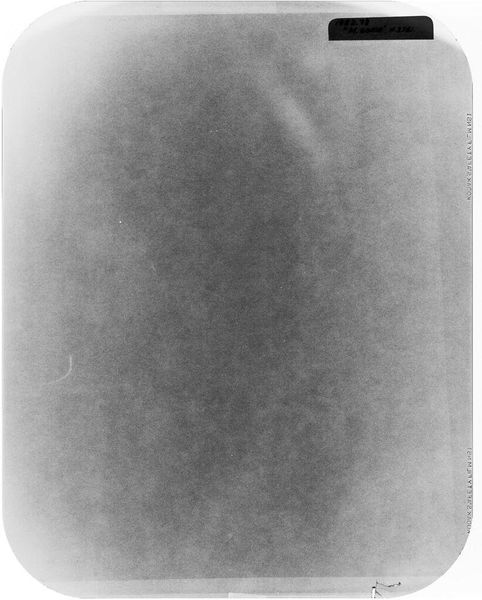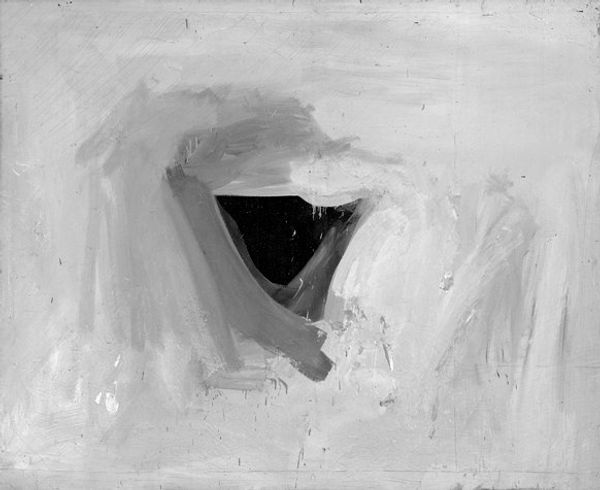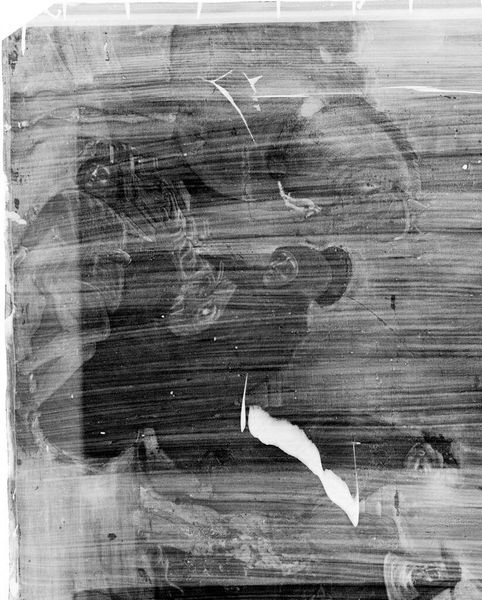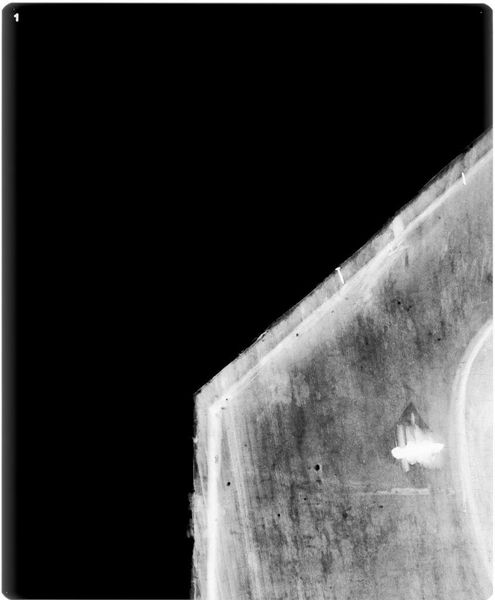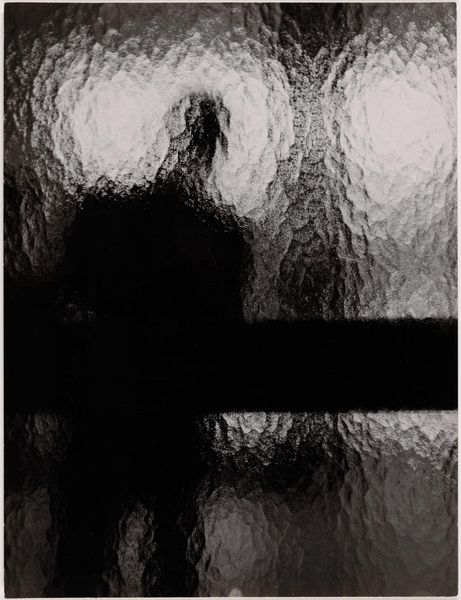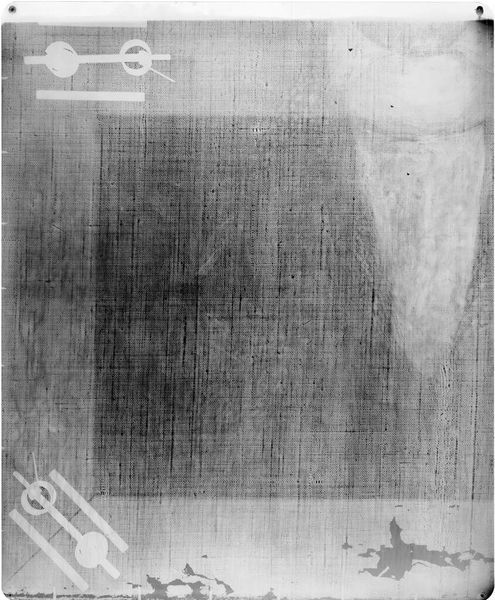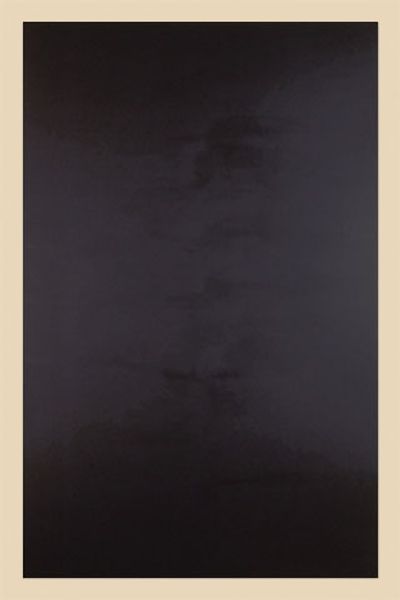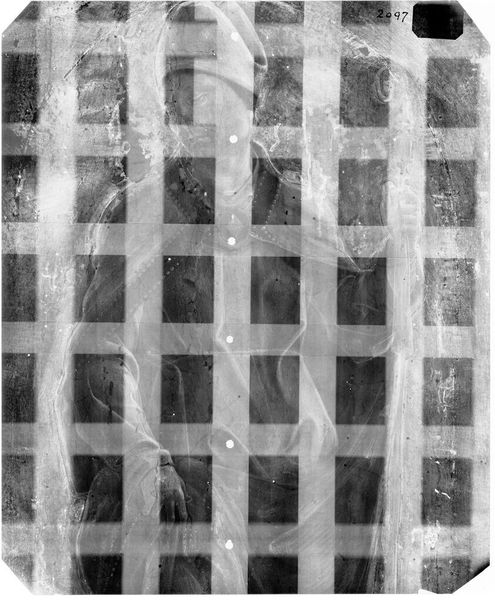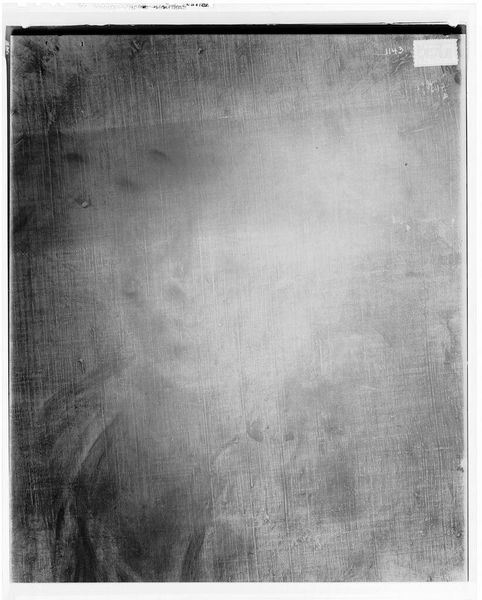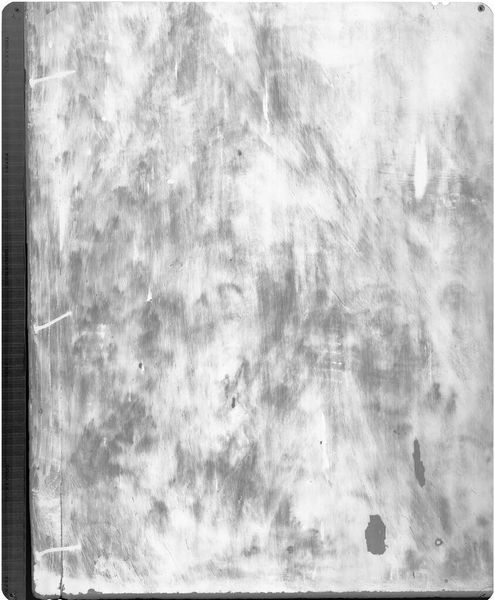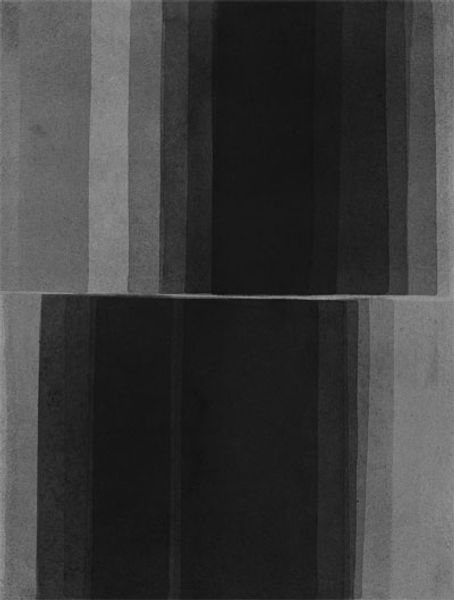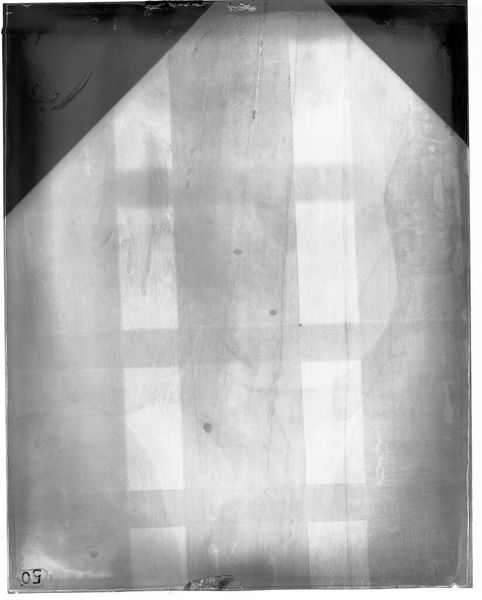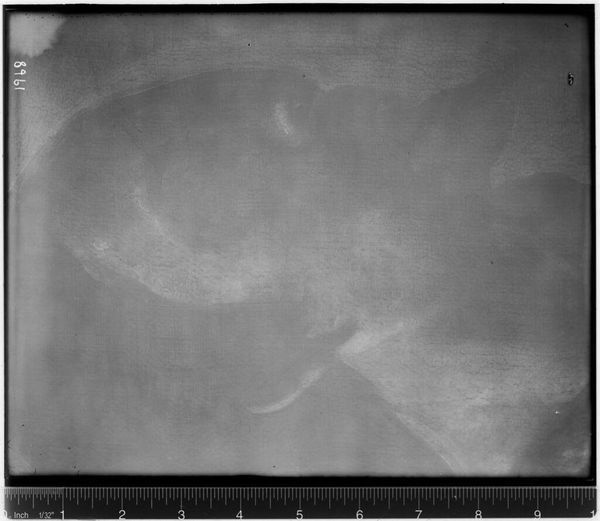
painting
#
monochromatic
#
painting
#
minimalism
#
abstraction
#
monochrome
#
monochrome
Copyright: Turi Simeti,Fair Use
Editor: So here we have Turi Simeti's "Un ovale nero," created in 1975. It’s a painting, seemingly minimalist. The striking thing is just how…dark it is. It really invites you to slow down and focus. What historical context helps us to appreciate a piece like this? Curator: That’s a great starting point. Think about the 1970s. What were the major political and social shifts happening that might inform this… withdrawal into monochrome? Remember, art doesn't exist in a vacuum. The socio-political turmoil could have spurred a need to break with established modes of expression. How might "Un ovale nero" serve as a social commentary through its artistic choices? Editor: Maybe it's a response to hyper-consumerism or political unrest? A sort of visual palate cleanser? It definitely feels like a rebellion against something… perhaps the traditional art establishment? Curator: Exactly! The stark simplicity pushes back against the grand narratives and bombastic expressions often associated with power. Furthermore, minimalism became entrenched within institutional settings such as galleries, museums, and collections. Does the work's visual austerity challenge these established platforms, or does it ultimately become another commodity within them? Editor: It's fascinating to think about how something so seemingly simple could be loaded with this much context. How institutions change art, and how artists rebel in turn. Curator: Indeed. Hopefully, considering "Un ovale nero" this way encourages a wider conversation about what art can *do*, how it can act as a quiet act of rebellion, or a poignant question about society and culture.
Comments
No comments
Be the first to comment and join the conversation on the ultimate creative platform.
